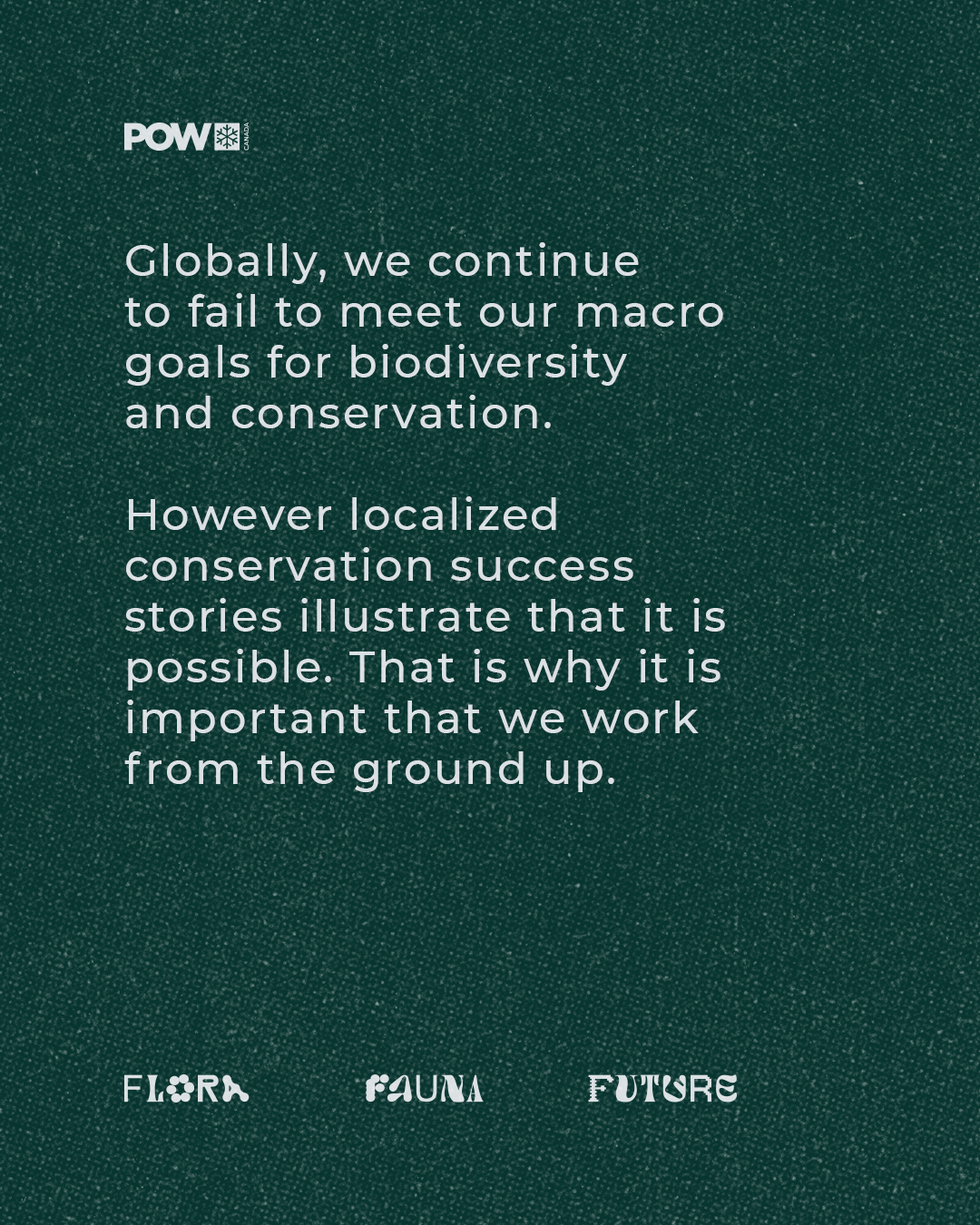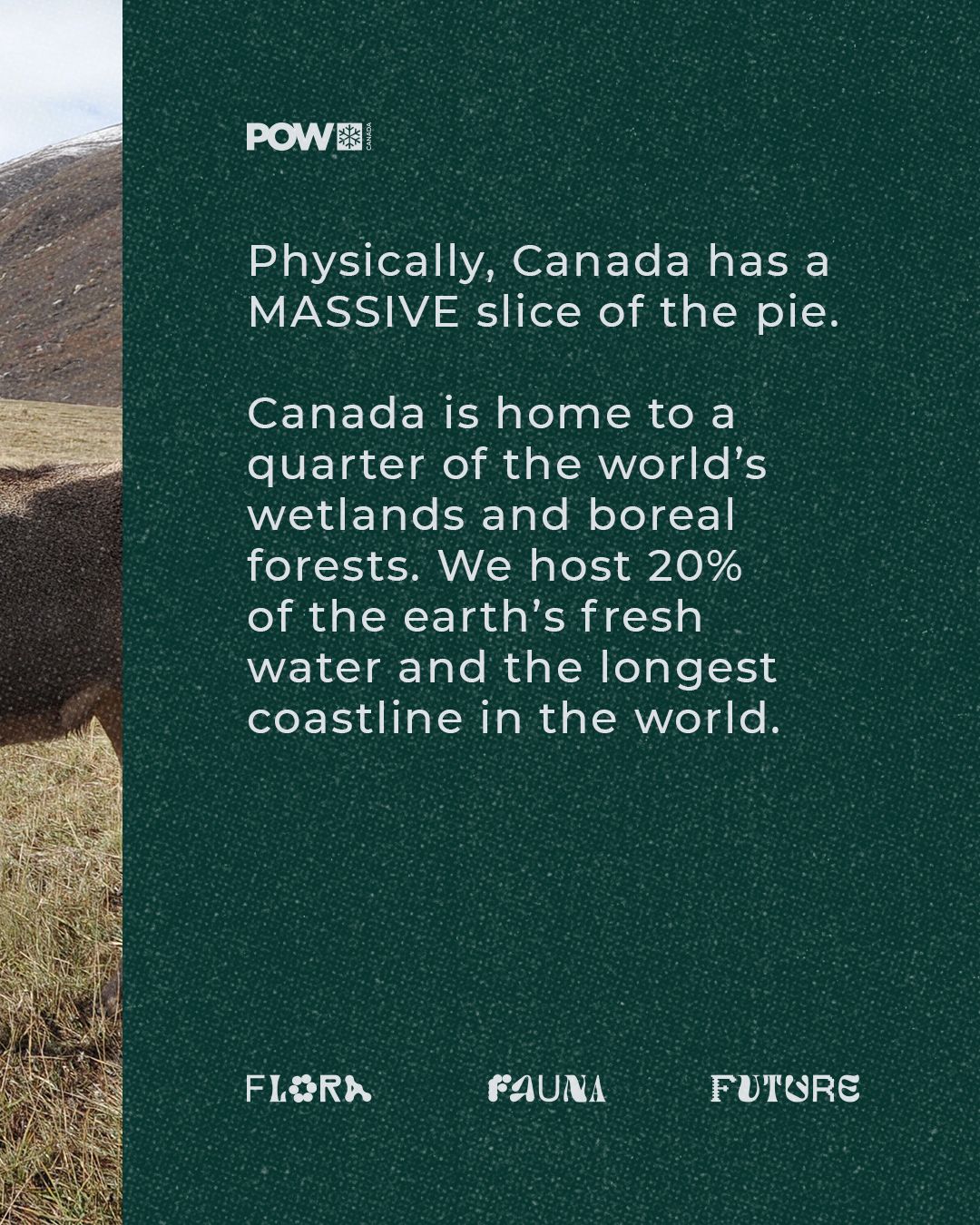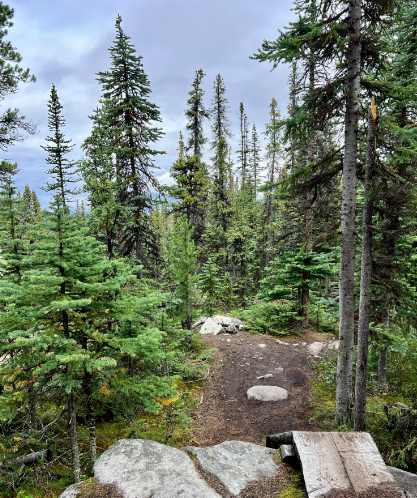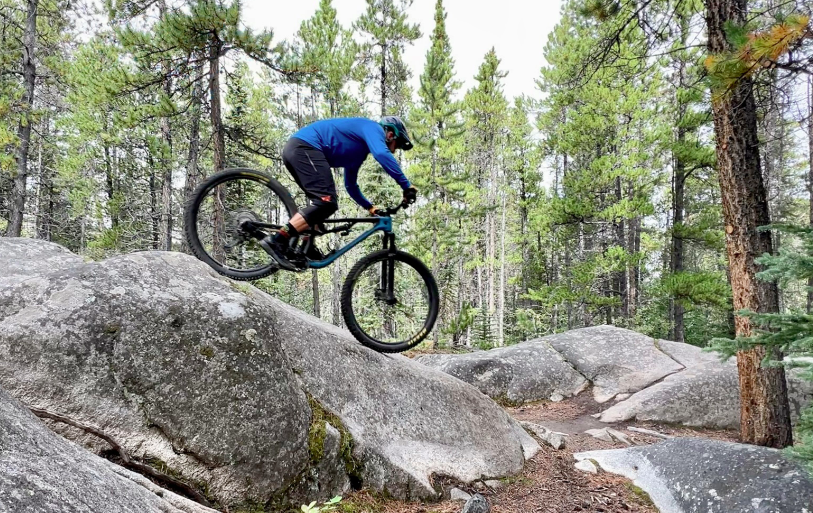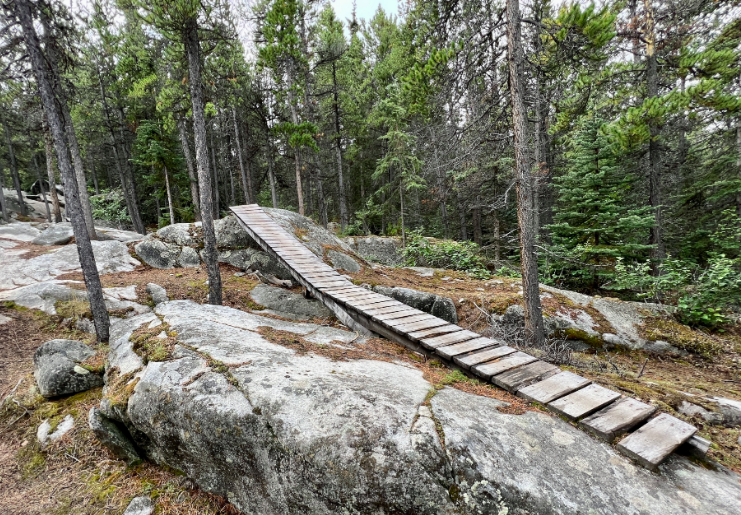Keeping Our Forests and Ourselves Healthy
Blog post contributors: Fabienne Lang and Emily Berkel
Image by Paul Summers
Every year on March 21st the world celebrates the International Day of Forests to recognise and raise awareness of the importance of all types of forests.
Many of us take forests for granted. And yet, there are many widespread ways of how our lives are linked to forests, from writing in a notebook and building a house to the water we drink, staying healthy, and enjoying the outdoors.
Forests support our lives yet they are under threat. So far, nearly half the world’s original forests have been lost, says the WWF.
As outdoor enthusiasts, we are passionate about the health of the world’s forests, as well as our own wellbeing. We’ve collated various tips, stories, videos, and promos about all things tree related, so we can all keep making the most of our forests in a healthy way, all while giving back to them.
PROTECT OUR WINTERS CANADA
FATMAP works closely with Protect Our Winters (POW) Canada, supporting their efforts in their impact area: Protected Nature.
Here's an overview of POW Canada’s Impact Area:
Nature is where we play, connect and recharge. Nature is the basis of our society and economy, providing essential carbon sinks, food sources, clean air and water, recreation and cultural sites, climate adaptation, and more.
By conserving, restoring and managing ecosystems such as forests, wetlands, tundra, and oceans we can pull carbon from the atmosphere, adapt to climate impacts and improve the well-being and resilience of human and non-human species alike.
“We believe our love of adventure in nature demands our participation in the fight to save and protect it” - POW Canada
POW Canada is a passionate community of outdoor enthusiasts, athletes, and industry brands that brings the general outdoor community together to advocate for policy solutions for climate change. Let’s all get involved!
Notes from a pro
Trees and snow - what more could you want?
Riding in the trees in Winter can be some of the best runs on any mountain. They get less traffic than other areas of a resort and as a result they’re usually a great place to find powder. They’re also great for low visibility days!
To help you have fun skiing or riding in a forest, all while staying safe and respecting the environment, take a look at Xav's How To XV tutorial (above) and you will learn the basics of riding tree runs (glades).
Xav gives some great tips in his video, including staying aware of and being on the lookout for tree wells: Ski in pairs, keep noise contact, have a whistle accessible (e.g. on your jacket zipper), carry a shovel, stop and wait / re-group often, look ahead where you want to go (not at the tree you're about to hit!), and helmets are super important.
Plus, as Xav says in his video, "If you want to explore, it's nice to use a mapping system." Like FATMAP! Check out our previous blog post about how you can use FATMAP to navigate and plan your tree runs.
Tree runs to make your heart sing
To get you started and apply some of Xav’s wisdom into real life, here are a few fun tree runs for you to try:
#1 The Magic Forest 🇫🇷
Embark on a fun mini-adventure through the forest, with some steep drop-offs, this is particularly good in powder and windy bad vis days
#2 Tree Runs for Powder Days at Whistler Blackcomb 🇨🇦
Glide through the trees down Whistler Blackcomb's wooded winter wonderlands.
#3 Plattjen Tree Run 🇨🇭
Enjoy a classic tree run with no frills that is easily accessible and very open, so you can find your own fresh lines even on the busiest of days.
#4 Freeride Lines for Powderhounds at Vail Mountain 🇺🇸
Hunt for powder even days after a storm on these hidden off-piste runs.
First Nations impact
A post about forests would be incomplete without a mention of mountain biking. However, what’s worth mentioning even more is the positive impact the local indigenous youth from Carcross, Yukon, is creating on its local community and mountain, Montana Mountain.
This group of First Nations youths has spent over 10 years building and maintaining a world-class network of mountain bike trails around their town, transforming their community, mountain, forests, and themselves along the way.
As Greg Heil, FATMAP’s qualified mountain expert, wrote, “The slopes of Montana Mountain are home to fantastic mountain bike trails that are not only renowned as the best trails in the vast Yukon Territory, but are also impressive enough to attract mountain bikers from around the world. While many places boast incredible trails, the story of how this world-class trail system in Carcross came to exist is an unusual and exceptional one.”
“The landscape around the town of Carcross is the Carcross Tagish First Nation (CTFN), which is a self-governing entity surrounded by the Yukon Territory. Montana Mountain is the largest block of land that the CTFN currently controls, and it is sacred to the First Nations people. Many of Montana Mountain's trails were originally blazed hundreds of years ago as ancient trading routes and have only recently been resurrected to serve as mountain bike trails. In addition, new trails—especially on the lower mountain—have been built to provide a challenging, technical mountain biking experience,” he continued.
“These trails were built through the Singletrack to Success programme, which was founded in 2006. Singletrack to Success employs first nations youth to build and maintain top-tier singletrack mountain bike trails on the mountain. Through coaching from more experienced builders that have been in the programme for many years as well as professional trail builders with longstanding industry chops, the local youth not only earn money while building trails during the summer, but they also learn valuable skills that can be applied not just in Carcross, but around the world,” explained Greg.
There’s even a 30-minute documentary about this incredible indigenous group called “Shift”. You can watch it on Amazon here.
Forest healing
Image by Arnaud Mesureur
Forests are so much more than just outdoor playgrounds for us mountain enthusiasts. They’re also healers.
Known as Shinrin-Yoku in Japan, where the method originated, “forest bathing” has been gathering speed and popularity around the world over the past 15 years.
Essentially, forest bathing has you “bathe” in a forest’s natural environment, slowing down your breath to match the movement of the rustling leaves, grounding yourself by embracing a tree’s trunk, walking barefoot on the earth path, and more.
Among other things, studies have shown that immersing yourself in a forest:
Lowers blood pressure
Boosts memory
Strengthens immune systems
Renders us less prone to stress and depression
Restores capacity for concentration and attention
Reduces feelings of isolation
Good news for us nature lovers: It’s easier than ever to go immerse ourselves in a forest environment. From hiking in the Italian mountains in Bormio to mountain biking in the deep forests of Oregon, and everything in between, there’s something for everyone.
So long as we look after our forests, we’ll continue to enjoy them and all they have to offer.
See you out there!
Team FATMAP




